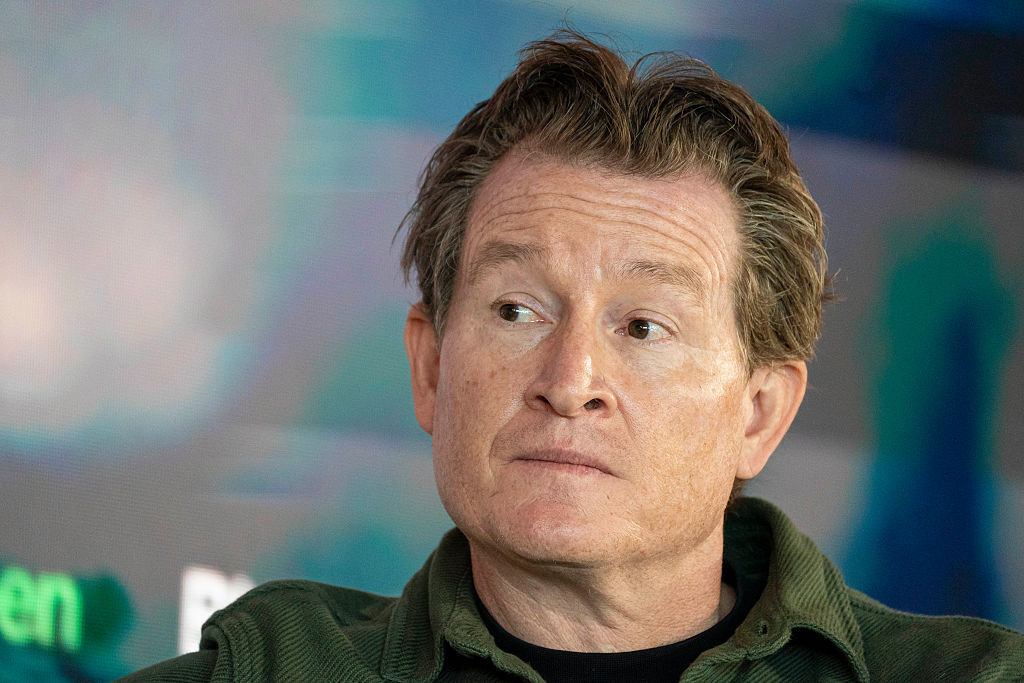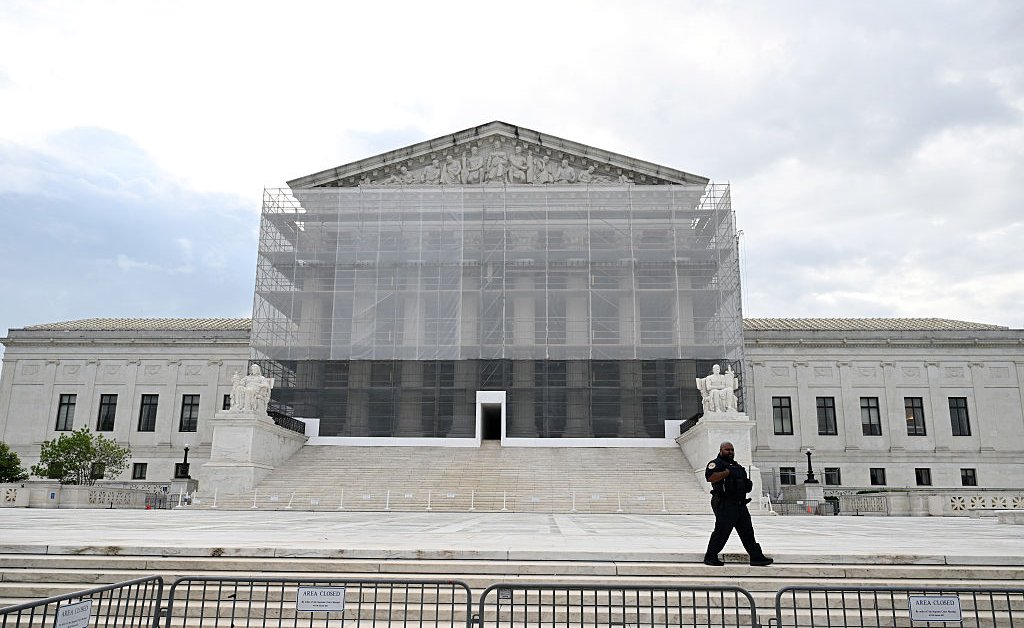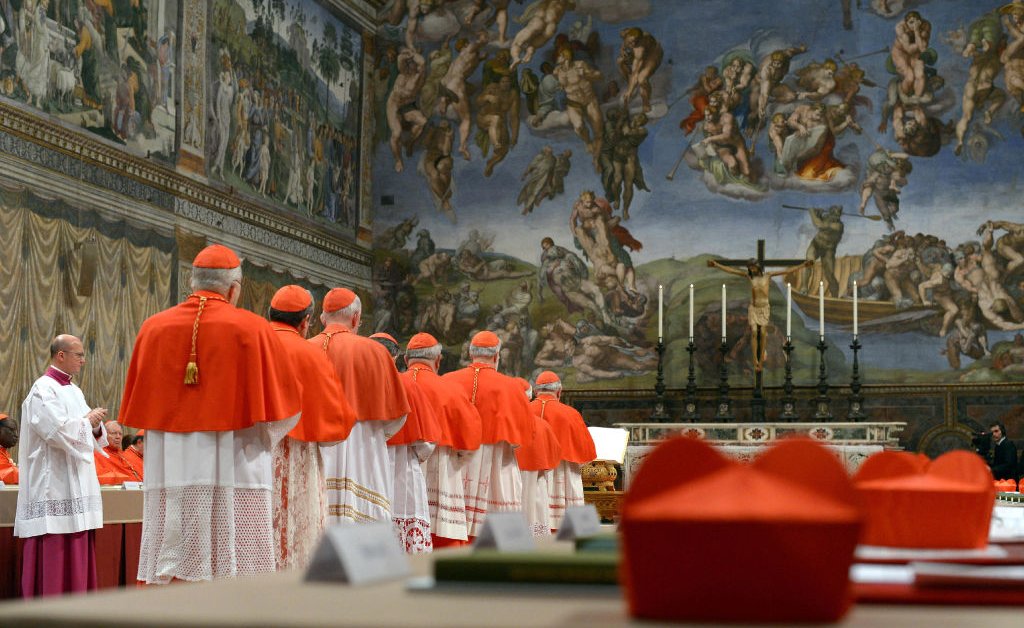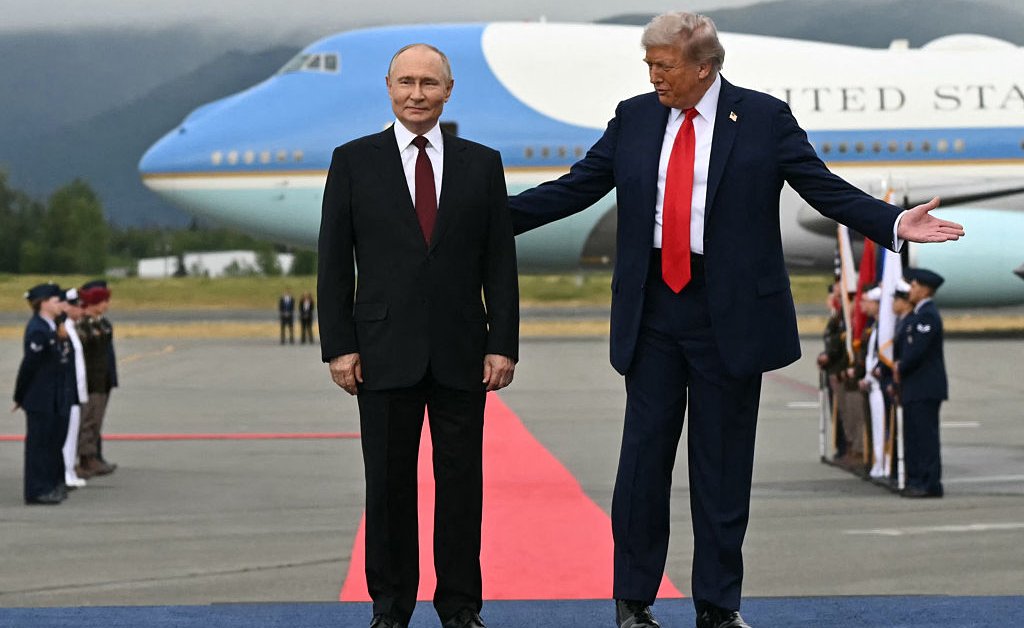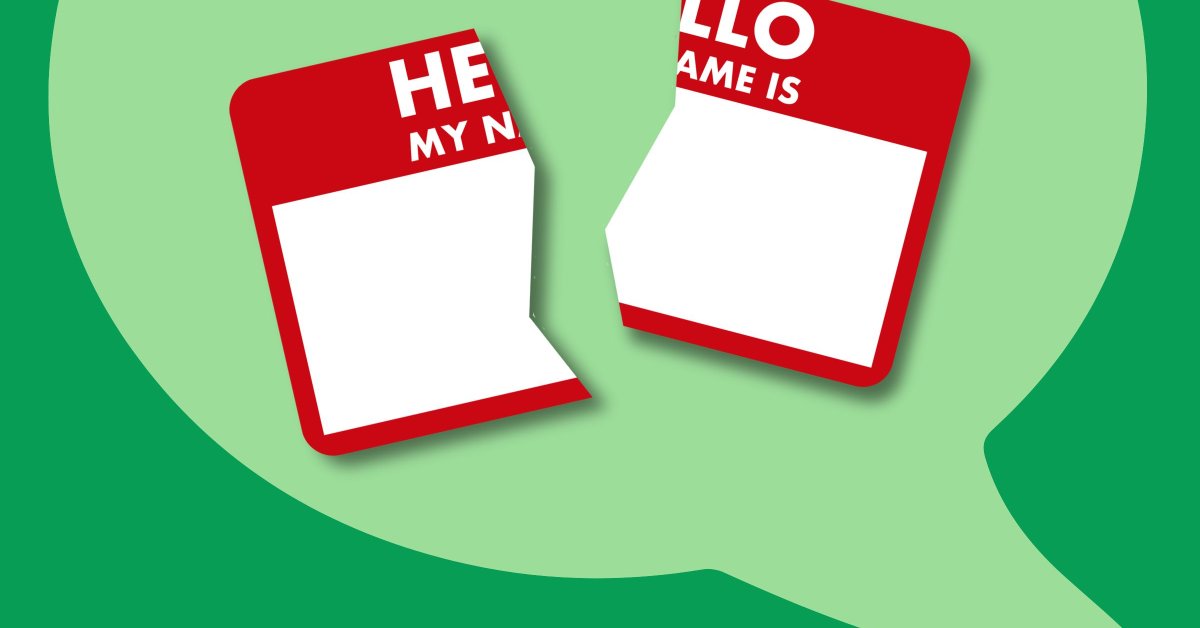
For the past 25 years, the Roadless Area Conservation Rule has kept vital forests and grassland safe from bulldozers, saws, excavators and drilling equipment. But now the more-than 58 million acres of pristine national forest it protects are at risk of being exploited for profit.
In June, the Trump Administration announced its intent to rescind the 2001 law, a hard-fought policy that prohibited the building or reconstruction of roads and timber harvesting in certain areas in national forests. At the time of its signing, it was the most commented-on rule in U.S. history, with 95% in support of protecting forests and grasslands from development. Since enactment, it has become one of the country’s most consequential conservation policies ever.
[time-brightcove not-tgx=”true”]
The U.S. Department of Agriculture, which oversees the U.S. Forest Service is attempting to paint rescinding the Roadless Rule as a way to protect us from wildfire and encourage responsible forest management.
We should know better than to take the administration’s statements at face value
During Trump’s first term, he shrunk the Bear Ears monument citing “federal overreach.” However, after this decision was announced, leaked emails revealed that the Department of Interior’s interest in gas and oil played a primary role in the decision. I believe that rescinding the Roadless Rule is simply another way for Trump to wring resources out of public lands again. This time, minerals.
Indigenous Tribes’ ancestral homelands and hunting grounds could be under threat of mining, clear cutting, or development without consultation because of this decision. Critical wildlife habitat may be put at risk for alteration or wholesale destruction. It will also likely leave us with more polluted air and water. Millions of campers, hikers, climbers, paddlers, anglers and hunters could get locked out of areas they enjoyed access to for decades.
By rolling back protections and opening our national forests to industry and “fire prevention” measures—often a euphemism for logging—we put almost 50,000 miles of trails, nearly 800 miles of whitewater runs and more than 8,500 climbing routes at risk of being lost forever. Forests neighboring beloved places like the Appalachian Trail, Lake Tahoe, and the White Mountains as well as those bordering Rocky Mountain, Glacier, Olympic and Yellowstone national parks, will all be opened to development. Ironically, the Gifford Pinchot National Forest in Washington, named after the U.S. Forest Service’s first chief, would see more than 60,000 acres lose protection.
While the outdoor industry, which accounts for $1.2 trillion in economic output, relies on access to these areas to do business, so too do the communities that surround them. An estimated 158 million visitors to our national forests contributed $13.7 billion to the economy and helped support 161,000 related jobs. And more than 60 million Americans rely on drinking water from rivers and aquifers whose sources are within national forests.
Reversing the Roadless Rule would slam the door shut on those local, often rural businesses that rely on recreation visitors only to roll out the red carpet to mining, timber corporations and the fossil fuel industry. This decision lines the pockets of industry executives at the expense of the rest of us who enjoy public lands. It also ignores that protecting nature often means protecting people.
The climate and ecological crises are intensifying, and we are seeing their effects harm communities across the country. Forests, the largest terrestrial carbon sinks in the world, are part of the solution. Inventoried roadless areas alone capture more than 15 million tons of carbon per year in the American West, 43.4 million tons in the Interior West and almost 4 million tons in the East.
At a time when we should be doing everything in our power to decrease emissions, rescinding the Roadless Rule is illogical. With the call for more logging to address a supposed need to boost domestic timber production, the government is actively contributing to an existential threat.
Fortunately, the public recognizes how backward this decision is. Indigenous Tribes, NGOs and elected officials all see this for what it really is. Business coalitions like Brands for Public Lands, of which Patagonia is one of more than 125 members, are rallying our respective communities to speak out.
We know protecting nature is a winning issue across political beliefs, but it’s on us to remind this administration how harmful this decision could be. As we saw when a few congresspeople attempted to sneak public land sales into the budget, we can rally together to protect the places we love. Elected officials like Montana Rep. Ryan Zinke came to public lands’ defense before, and we’ll need their support and that of citizens again—and again and again for as long as this continues.
Profiting off the exploitation of public lands has always been the goal, and we will come to know it by many names. Our children and grandchildren will also likely face these same disguised attempts for decades to come—if there is anything left to protect, that is.
The USDA’s comment period on the attempt to kill off the Roadless Rule is open through Sept. 19. All of us have in some way benefitted from the policy’s protections, whether through recreation, clean drinking water or otherwise.
It’s time we pay it back. We need to speak up for the Roadless Rule—before it’s too late.

